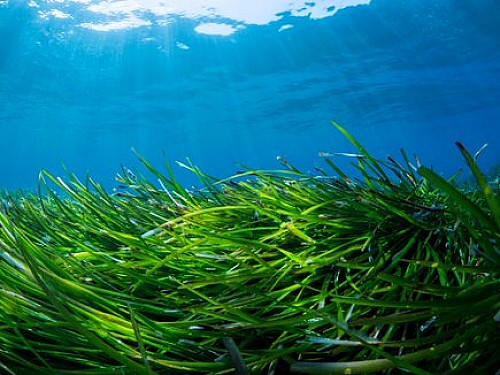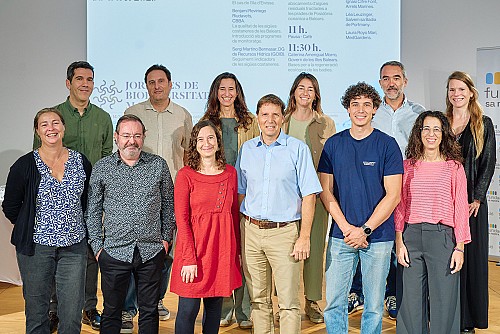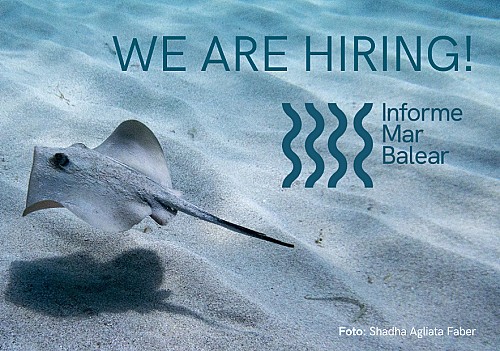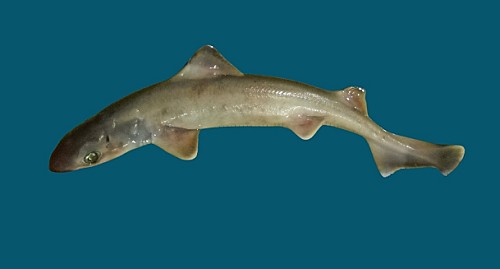Water quality in the Balearic Islands has worsened between 2006 and 2021
Published 07.07.2023
Share
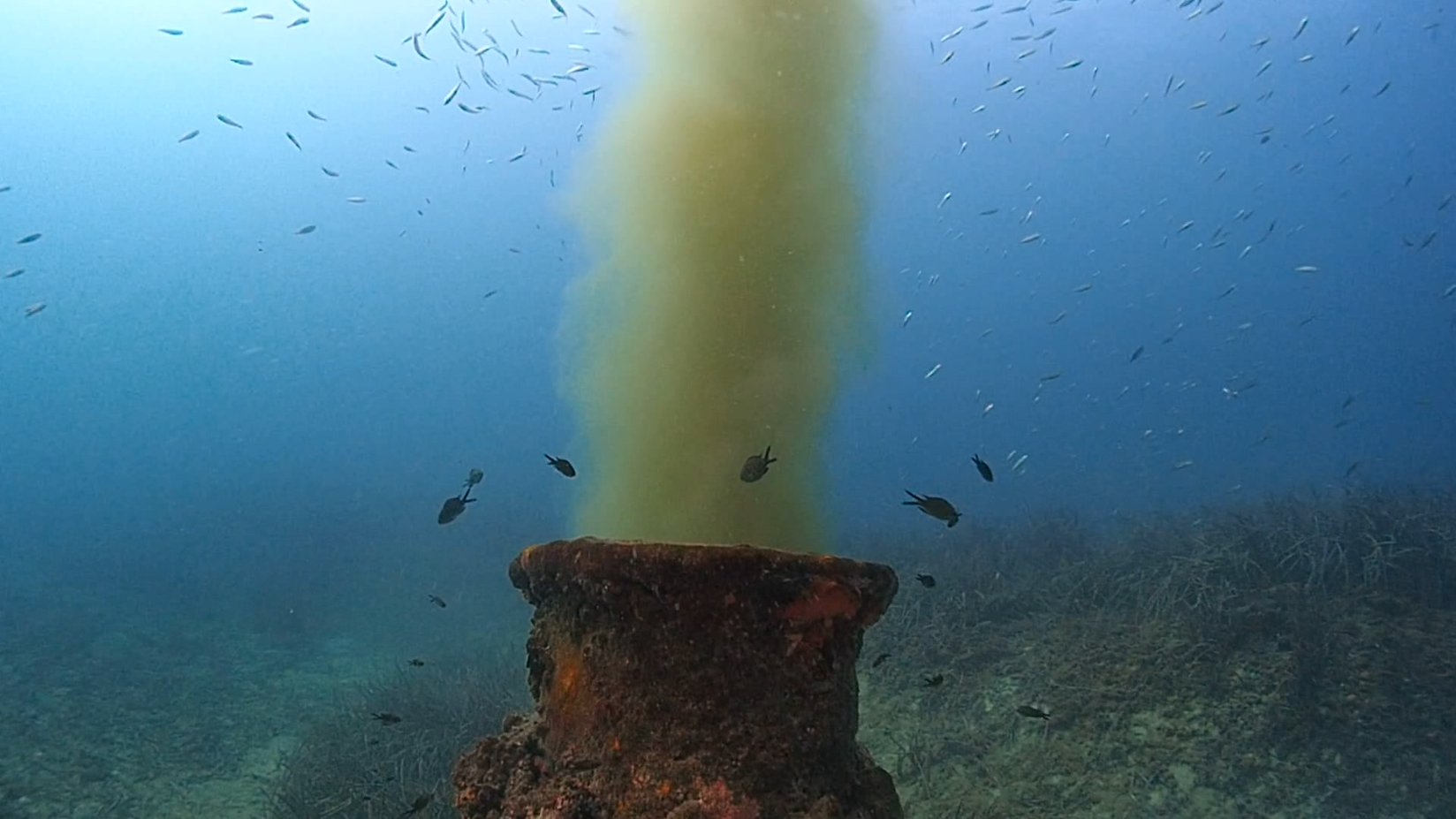
The Balearic Sea Report (IMB) shows that the main cause of the decline of sea turtles is entanglement in plastic or ghost fishing gear.
WATER QUALITY
Water quality has declined in the Balearic Islands according to CARLIT, one of the biological indices used to determine the status of coastal water bodies. According to this indicator, in 2006 and 2009 all water bodies in the Balearic Islands had a very high or good environmental status. In 2006, 94% of the water bodies were of very good quality and the remaining 6% were of poor quality. In 2009, 92% of the water bodies in the Balearic Islands were of very good or good quality. In contrast, in the years 2020 and 2021, the percentage of water bodies with very good quality and good quality was 57% and 31.4%, respectively. In addition, in Mallorca three water bodies with moderate ecological status (8.6%) were found in Palma Bay and the Bay of Alcúdia, while in the Pitiusas, the ecological status remained very good along the entire coast.
SEA TURTLES
In the last five years, a total of six sea turtle (Caretta caretta) nests were found on the coasts of the Balearic Islands. In June 2023, a sea turtle nest was found for the first time on a beach in Mallorca. In 2019, two sea turtle nests were found for the first time on beaches in the Balearic Islands, both in Ibiza. In 2020, three were located: two in Menorca and one in Ibiza. No nests were found in 2021 or 2022. However, nesting attempts were recorded in Formentera. The 2021 attempt did not result in a nest, because a tourist, in their ignorance, forced the female to return to the sea. The 2022 attempt failed because the turtle did not find a suitable place to lay its eggs. Between 1993 and 2022, a total of 1,206 stranded sea turtles have been located, 597 alive and 609 dead. The main cause of stranding between the years 2015 and 2022 was either entanglement in plastic or in ghost fishing gear. A total of 144 turtles were recovered and returned to the marine environment between 2015 and 2022.

SPERM WHALES
Tursiops studies the presence of sperm whales (Physeter macrocephalus) in the Balearic Sea. In 2022, in the north of Menorca, they detected the area with the highest density of pods of sperm whales with calves in the Balearic Sea. However, this and another area of the Balearic Sea, categorised as an Imported Marine Mammal Area, are outside the protection zone proposed by the International Maritime Organization to regulate navigation.
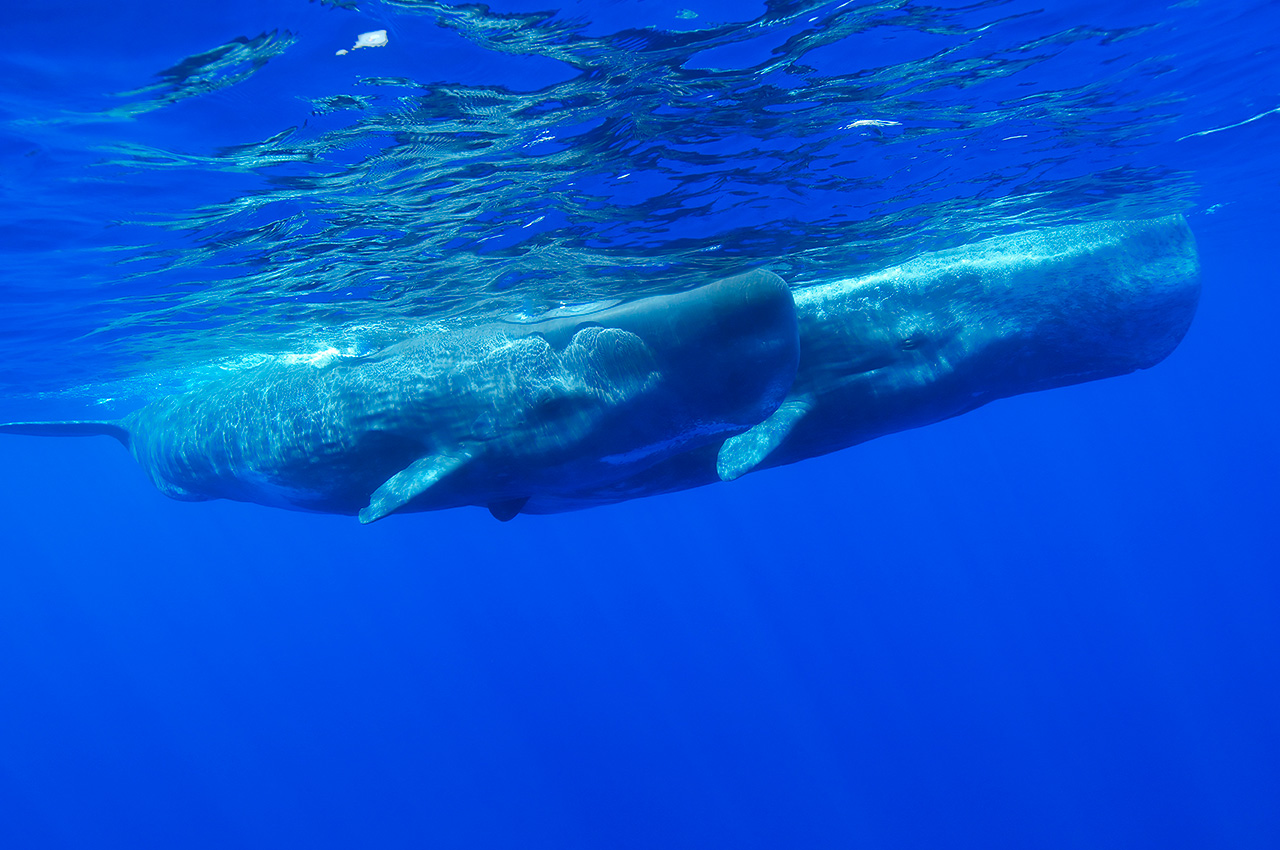
OTHER RESULTS
These are some of the main results published in the 2022 IMB, recently updated with the best available information on water quality, pressures (discharges), and the status of some of our protected habitats and emblematic species. The IMB detects not only available data, but also information gaps, something that allows us to direct management efforts.
Other important results derived from this report:
- CORALS AND GORGONIANS. Dozens of coral and gorgonian species (from 1 m to > 1,000 m depth) are in vulnerable status, but not all of them are protected by regulations. For example, Cladocora caespitosa (a threatened species) —the only reef-forming coral in the Mediterranean— shows the highest coverage in Formentera, and in Menorca it has a wide presence around the island. The red gorgonian Paramuricea clavata is one of the corals most threatened by climate change. Its shallower populations in Ibiza and Cabrera are being greatly affected, probably causing it to live at greater depths along our coast. The bamboo coral Isidella elongata (seriously endangered) is the most endangered species in our waters, but even so, between the seamounts of Ses Olives and Ausiàs March there is one of the densest, healthiest, and most mature populations in the Mediterranean (2,300—2,683 colonies/ha in areas without fishing vs 53—62 colonies/ha in regions with fishing). Also, the area northwest of Mallorca (~ 1,150 m) shows mature and extensive colonies and larger size than in other areas of the Mediterranean.
- MAËRL AND CORALLIGENOUS. Other relevant habitats are the maërl and coralligenous habitats (mainly between 50 and 100 m depth), formed by calcareous algae that support great biodiversity that includes species of high commercial value (e.g., scorpion fish and lobster). The Menorca Channel is a key area of distribution of these habitats, where deterioration has been observed in areas with fishing pressure. They have been located at depths of up to 130 m on the Ausiàs March and Émile Baudot seamounts, the deepest depths ever reported in the western Mediterranean.
- MOLLUSCS. The fan mussel (Pinna nobilis), the largest mollusc in the Mediterranean, has suffered a massive mortality since 2016 originating with a parasite. Since then, more than 90% of the surviving specimens have been located thanks to citizen collaboration. Currently, there are only a dozen fan mussels alive in the Balearic Sea. On the other hand, its sister, the rough pen shell mussel (Pinna rudis), was not affected by the mortality episode. In Cabrera, it has one of the highest densities in the world: about seven individuals/100 m².
- EUROPEAN STORM PETREL. The European storm petrel (Hydrobates pelagicus) is a small seabird also known as fumarell, paio, marineret, escateret or ocell de tempesta. It is one of the most emblematic birds of the marine islets and, at the same time, one of the least known. The largest colony in Spain is found on the islet of S'Espartar (Ibiza). But in recent years, this colony has shown a decline in the breeding population, probably caused by the negative effects of high tick infestation. For the first time, in 2020, ten GPS devices were placed on breeding individuals that allowed us to find their feeding areas in the marine environment, among which the Alboran Sea, the Ebro Delta, and the Algerian coast stand out.
- DESALINATION PLANTS. There are currently eight active desalination plants in the Balearic Islands. In Mallorca, the production of desalinated water has increased fivefold in the last ten years. The total for the Islands between 1994 and 2022 has increased 19-fold. In 2022, 33.19 hm³ —i.e., 39,190 million liters— of brine was discharged into the Balearic Sea. This figure is lower than that of 2016, when a total of 36.40 hm³ was discharged, coinciding with a period of drought.
The IMB is a collaborative project involving all marine research institutions on the Islands and public and private entities. The first edition (2020) was published on paper and presented at the Parliament of the Balearic Islands. The second edition (2021) went to digital format, with the creation of www.informemarbalear.org, where all the available information is published, thus making it available to anyone. In this third edition (2022), the ten chapters of the IMB have been updated over a year.
Marilles in the media
- 28/10/2025 Ara Balears: "Milers de barques fermades a morts il·legals perjudiquen el fons marí"
- 19/06/2025 Última Hora: "Así es el alga invasora que buscan los científicos en Baleares"
- 22/03/2025 Eldiario.es: "Delfines desorientados y miles de años de posidonia arrasados: la náutica recreativa dispara la presión sobre el Mar Balear"

